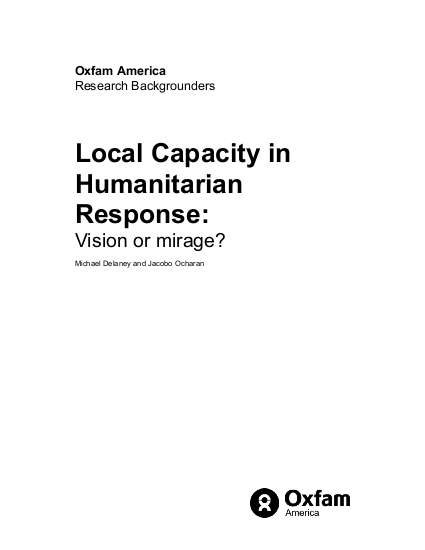
In theory and in spirit, there has been some progress in promoting local participation and empowerment in recent years, from the principles and standards outlined in the Sphere Project and the Red Cross Code of Conduct to the mechanisms and guidelines laid out by the Humanitarian Accountability Project. But if the framework is in place for bringing about a real transfer of power to local populations in humanitarian emergencies, why is it not taking place?
In the current humanitarian system, the dominant principle is action-reaction. A crisis happens, money is donated, and those funds are expected to produce immediate results – tangible results that donors sense are meeting the needs on the ground. It is a fast-paced sequence that provides little room for building on local capacity or even for listening carefully to local voices.
Two major changes to this model are needed: the expansion of the moral and financial commitment from reactive to preventive-reactive, and a shift in power from external to local actors. This paper will analyze the ways in which the current system interferes with disaster-affected communities taking charge of their own recovery; it will also share examples of local organizations, supported by Oxfam America and others, which have succeeded in leading responses to humanitarian crises.
